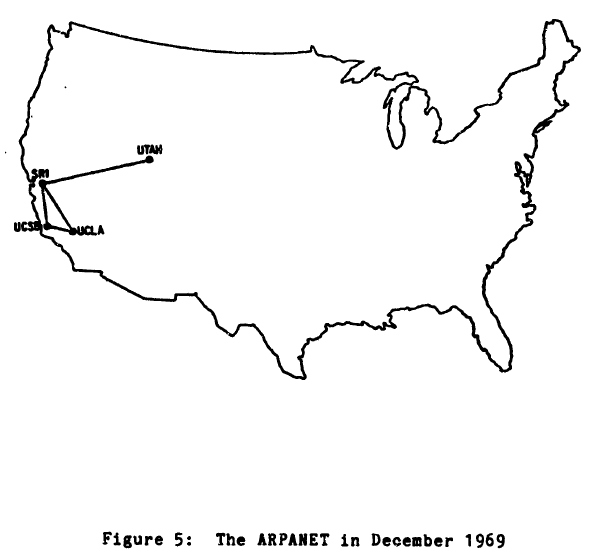Pivotal Commware Touts Holographic Beamforming as 5G Coverage Tool
 Bill Gates is an investor in this Kirkland, Washington-based startup.
Bill Gates is an investor in this Kirkland, Washington-based startup.
 Bill Gates is an investor in this Kirkland, Washington-based startup.
Bill Gates is an investor in this Kirkland, Washington-based startup.
 The cuts will come from the Global Technology Services division.
The cuts will come from the Global Technology Services division.
 Huawei persists despite failures in U.S.; T-Mobile launches NB-IoT plan; Verizon acquires threat hunter.
Huawei persists despite failures in U.S.; T-Mobile launches NB-IoT plan; Verizon acquires threat hunter.
Hey, it's HighScalability time:

Whiskey still? Chandelier? Sky city? Nope, it's IBM's 50-qubit quantum computer. (engadget)
If you like this sort of Stuff then please support me on Patreon. And I'd appreciate your recommending my new book—Explain the Cloud Like I'm 10—to anyone who needs to understand the cloud (who doesn't?). I think they'll like it. Now with twice the brightness and new chapters on Netflix and Cloud Computing.
File systems have never been the flashiest segment of the IT space, which might explain why big shakeups and new entrants into the market don’t draw the attention they could.
Established vendors have rolled out offerings that primarily are based on GPFS or Lustre and enterprises and HPC organizations have embraced those products. However, changes in the IT landscape in recent years have convinced some companies and vendors to rethink file servers. Such changes as the rise of large-scale analytics and machine learning, the expansion of HPC into more mainstream enterprises and the growth of cloud storage all have brought …
Bringing a New HPC File System to Bear was written by Jeffrey Burt at The Next Platform.
A while ago I did a blog post about how long DNS resolvers hold results in cache for, using RIPE Atlas probes testing against their default resolvers (in a lot of cases, the DNS cache on their m


We just turned up Salt Lake City, Utah — Cloudflare's 120th data center. Salt Lake holds a special place in Cloudflare's history. I grew up in the region and still have family there. Back in 2004, Lee Holloway and I lived just up into the mountains in Park City when we built Project Honey Pot, the open source project that inspired the original idea for Cloudflare.

Salt Lake also holds a special place in the history of the Internet. The University of Utah, based there, was one of the original four Arpanet locations (along with UCLA, UC Santa Barbara, and the Stanford Research Institute). The school also educated the founders of great technology companies like Silicon Graphics, Adobe, Atari, Netscape, and Pixar. Many were graduates of the computer graphics department lead by Professors Ivan Sutherland and David Evans.

In 1980, when I was seven years old, my grandmother, who lived a few blocks from the University, gave me an Apple II+ for Christmas. I took to it like a duck to water. My mom enrolled in a continuing education computer course at the University of Utah teaching BASIC programming. I went with her to the classes. Unbeknownst to the Continue reading

We’re surrounded by technical debt every day. We have a mountain of it sitting in distribution closets and a yard full of it out behind the data center. We make compromises for budget reasons, for technology reasons, and for political reasons. We tell ourselves every time that this is the last time we’re giving in and the next time it’s going to be different. Yet we find ourselves staring at the landscape of technical debt time and time again. But how can we start chipping away at it?
You may think you don’t have any time to work on the technical debt problem. This is especially true if you don’t have the time due to fixing problems caused by your technical debt. The hours get longer and the effort goes up exponentially to get simple things done. But it doesn’t have to be that way.
Every minute you spend trying to figure out where a link goes or a how a server is connected to the rest of the pod is a minute that should have been spent documenting it somewhere. In a text document, in a picture, or even on the back of a Continue reading

Nice tool for people who are crafting an artisanal logging system